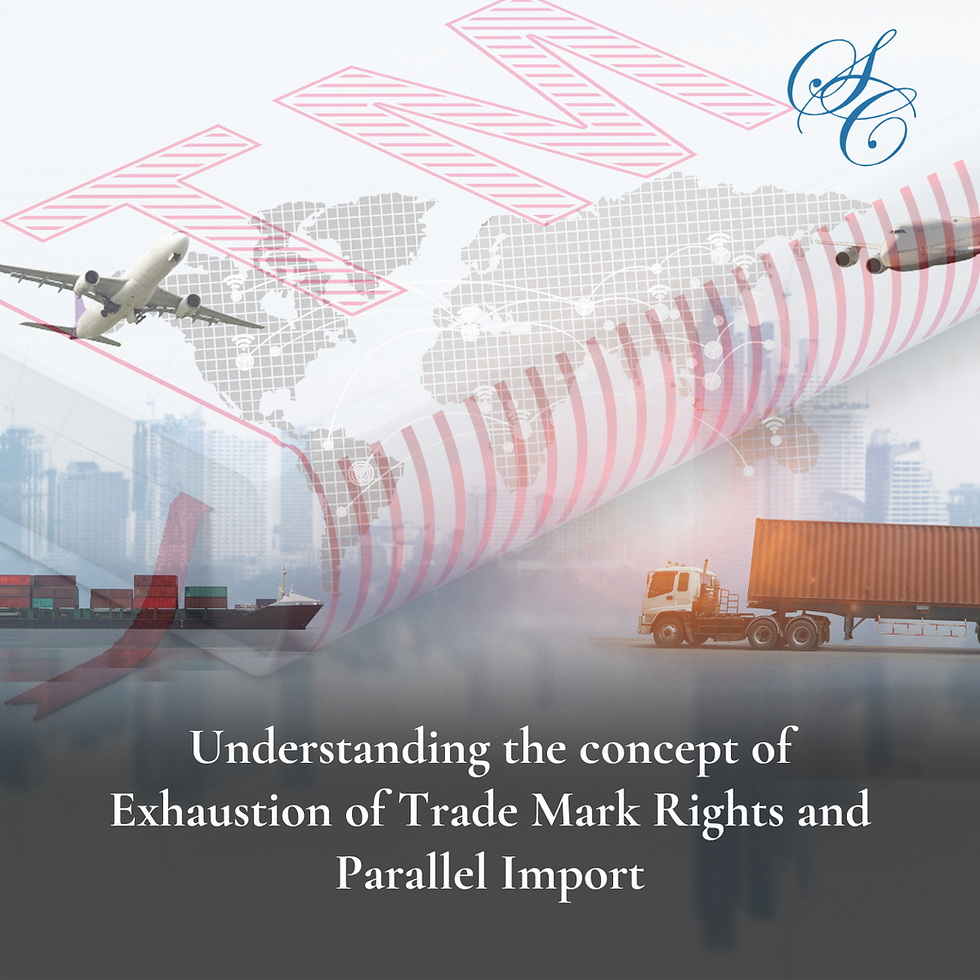COSPLAY IN INDIA – AN INFRINGEMENT OF COPYRIGHT OR NOT?
- Sarwajeet Singh
- May 15, 2018
- 3 min read
With the advent of superhero movies and comic book characters coming to life in cinema, cosplay has become a popular way for fans to appreciate and emulate their favourite characters. However, is cosplay copyright infringement or fair use?
A cosplayer will need to show that, he/she has in fact, used his/her skill and creativity, inspired by the original work, and that the cosplay is not merely a mechanical reproduction of the original work. For example, a cosplayer who has blended two characters into one, say Superman and Batman, has clearly introduced his own flavor of creativity into his cosplay and is not merely reproducing identical depictions of either of the characters. In Eastern Book Company & Ors vs D.B. Modak & Anr [(2008), 1 SCC, 1], the Supreme Court of India laid down a rather ambiguous definition for a derivative work. A derivative work, according to the Supreme Court, is “a contribution of original material to a pre-existing work so as to recast, transform or adapt the pre-existing work.” Further, the court held that, this reproduction must be with the exercise of “skill and judgement with a flavor of creativity”. This kind of a definition has left room for interpretation and we are yet to see litigators use this to their advantage.
As for fair use, Courts in India have recognized certain tests to decide what qualifies as fair use, explained as follows.
First, the substantiality of the dealing. Indian courts have generally used quantitative and qualitative factors to determine what would constitute ‘substantiality’. Hence, when and how cosplay would amount to a substantial dealing remains subject to judicial interpretation as and when such a matter is litigated.
Second, the purpose of the dealing. Section 52 of the Copyright Act, states that a work used for a private or personal purpose, including research does not constitute infringement. Courts in their interpretation of Section 52, have held that, no claim of copyright infringement can subsist if the work is being used for a private, non-commercial purpose, or if the purpose served by the subsequent work is substantially different from the purpose served by the original work. Cosplay is mostly done on an informal, non-commercial basis. Further, its purpose is to emulate and honour the character that it is based on, and therefore does not serve the same purpose as that of the original work.
Third, the impact on the potential market. In ESPN Star Sports v. Global Broadcasting News Limited [2008 (38) PTC 477(Del)], the Delhi High Court talked about “the likelihood of competition” and held that, if the work is being used to convey the same information as the author, for a rival purpose, it may be unfair. Therefore, only when cosplay is used for a commercial purpose that threatens the market share of the original work does it have the potential to constitute infringement. Thus, individual cosplayers dressing up for their own entertainment will not constitute infringement. However, as soon as they derive commercial gain from their cosplay, for example, if they start charging money for getting pictures clicked with them, it would threaten the market share of the original work and consequently, constitute infringement.
Ultimately, cosplayers are safe so long as there is no commercial exploitation of the original work. Copyright owners generally tend to ignore copyright infringement by cosplayers, because it is in fact the biggest form of flattery.




Comments